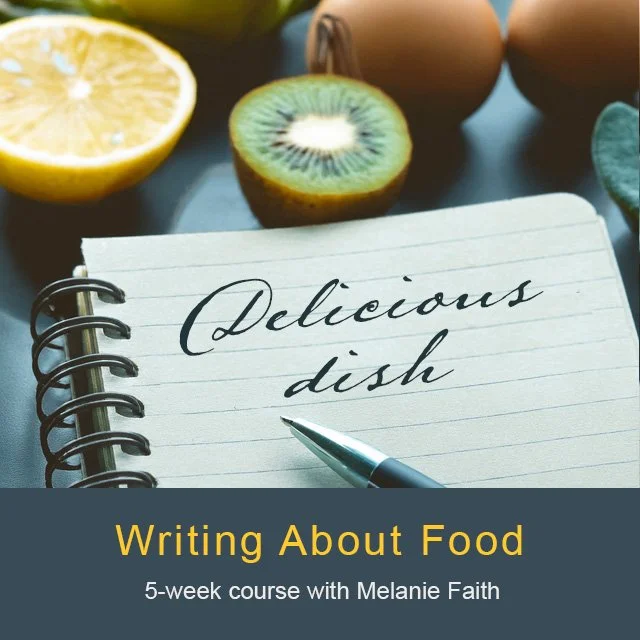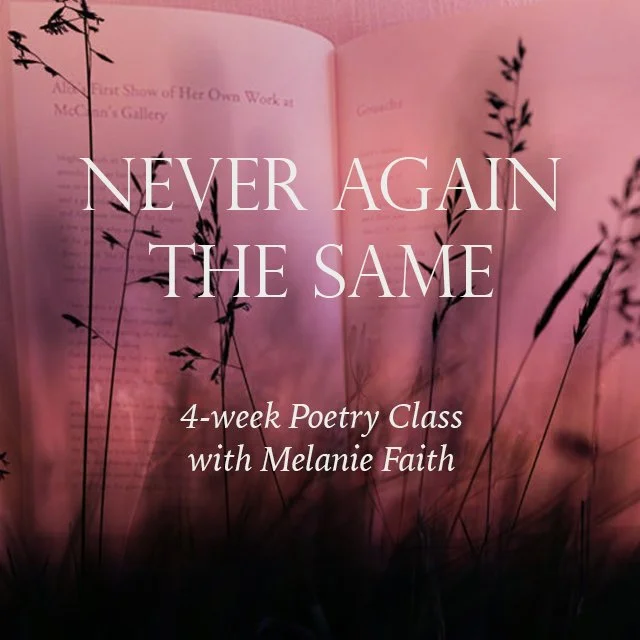If you're thinking about taking a class to make time for your art and self-expression and creativity again, this is your gentle nudge to go for it! 😊
Shape-making for the win.
Eye see you, eye see me.
Like most photographers, I’m used to taking shots of others and of landscapes, not so much in front of the camera.
For the past 2 1/2 weeks, I’ve been a student in a wonderful photography class @illuminateclasses called Self-Portraits for Growth, taught by the fabulous @itsamyliz .
This course has been magnificent for centering me in my body and also breaking open my vulnerability and artistic daydreams within my photographic process. It’s taking my photography to an exciting, evolving new level. 📸
It’s been an absolute joy to see the work created by the many talented, inspiring photographers and to take photographs with intention and personal and artistic growth in mind again. 💗
Here are a few of the shots I’ve made during the course as I make a new body of work.
You could try.
All that gold. 🍂
I aim to sustain a regular photography practice again.
I also want to take the many insights I’ve gleaned from the written exercises, photography tips, the trial-and-error process along the way, double-exposure making, slow-shutter making, and more into creating more narrative-rich, fun photos in the future. .
Practicing any art—and especially practicing multiple arts—returns pieces of ourselves to ourselves and gives us new tools for expressing what we normally don’t. Tremendous gifts to unwrap and enjoy.
To continued inspiration!
Loooooooooooooooooong-exposure joy gives the sequin mask extra glitter goodness.


































